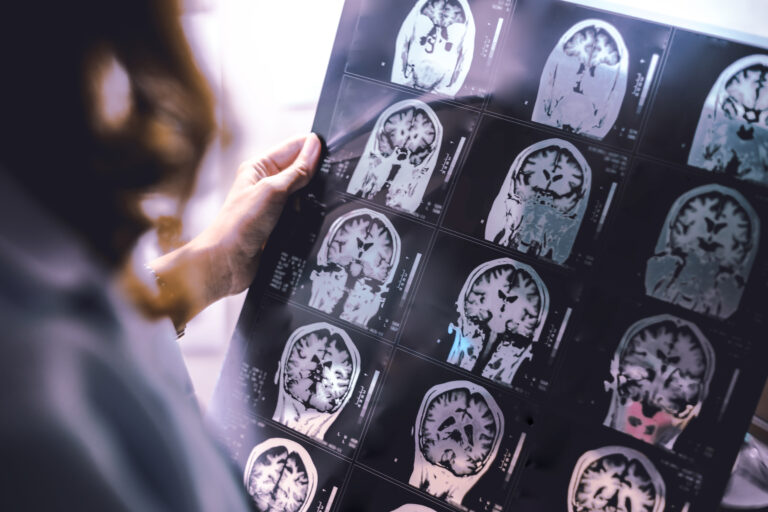Researchers study immune system dysfunction in non-Hodgkin’s lymphoma (NHL) through a variety of detailed and multifaceted approaches that combine clinical observations, laboratory experiments, and advanced molecular techniques. Their goal is to understand how the immune system is altered by the lymphoma itself, how the tumor evades immune detection, and how these changes affect disease progression and treatment response.
One fundamental approach involves analyzing the immune cells within the tumor microenvironment. NHL, which primarily arises from B cells or T cells, often creates an environment where normal immune function is disrupted. Researchers collect tissue samples from lymph nodes or affected organs and use techniques like flow cytometry and immunohistochemistry to identify and quantify different immune cell populations. This helps reveal abnormalities such as reduced numbers of cytotoxic T cells, increased regulatory T cells that suppress immune responses, or dysfunctional natural killer cells. These immune cell imbalances contribute to the lymphoma’s ability to grow unchecked.
At the molecular level, scientists study the expression of immune checkpoint molecules such as PD-1, PD-L1, and CTLA-4 on both lymphoma cells and immune cells. These molecules act as brakes on the immune system, and their overexpression can lead to immune exhaustion, where immune cells lose their ability to attack cancer cells effectively. By measuring these markers through techniques like RNA sequencing and protein assays, researchers gain insight into the mechanisms of immune evasion in NHL.
Another key area of study is the role of cytokines and inflammatory mediators. NHL can induce chronic systemic inflammation characterized by elevated levels of cytokines such as interleukin-6 (IL-6), tumor necrosis factor-alpha (TNF-α), and interleukin-1β (IL-1β). Researchers measure these cytokines in blood samples and tumor tissues to understand how they contribute to immune dysfunction and symptoms like fatigue or cognitive impairment. These cytokines can also affect the nervous system indirectly, causing neuroimmune disruption even without direct lymphoma involvement in the brain.
Genetic and epigenetic analyses provide further understanding of immune dysfunction in NHL. Researchers sequence the genomes and epigenomes of lymphoma cells to identify mutations and modifications that alter immune signaling pathways. For example, mutations in genes regulating antigen presentation can prevent immune cells from recognizing lymphoma cells. Epigenetic changes may silence genes important for immune activation, further weakening the immune response.
The gut microbiome has emerged as an important factor influencing immune function in NHL. Studies show that patients with NHL often have altered gut bacterial communities, which can affect systemic immunity and the effectiveness of treatments. Researchers analyze stool samples to characterize microbiome composition and investigate how specific bacterial taxa or their metabolic products modulate immune responses. This area is promising for developing microbiome-targeted therapies to restore immune balance.
Functional studies using animal models and cell cultures allow researchers to experimentally manipulate immune components and observe the effects on lymphoma growth and immune dysfunction. For example, mouse models genetically engineered to develop NHL enable the study of immune cell interactions and testing of immunotherapies. In vitro experiments with lymphoma cell lines and immune cells help dissect molecular pathways involved in immune escape.
Clinical trials also contribute to understanding immune dysfunction by evaluating how immune-based therapies, such as monoclonal antibodies (e.g., rituximab) or CAR-T cell therapy, impact the immune system in NHL patients. Monitoring immune cell populations, cytokine levels, and treatment responses in these trials provides real-world data on immune restoration or persistent dysfunction.
Advanced imaging techniques, including functional neuroimaging, are sometimes used to study the effects of systemic inflammation and immune dysregulation on the nervous system in NHL patients. These studies reveal changes in brain connectivity and function linked to immune-mediated neuroinflammation.
Overall, researchers combine immunophenotyping, molecular profiling, microbiome analysis, experimental models, and clinical data to build a comprehensive picture of immune system dysfunction in non-Hodgkin’s lymphoma. This integrated approach helps identify biomarkers fo





